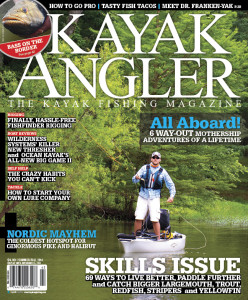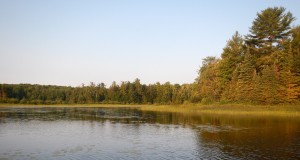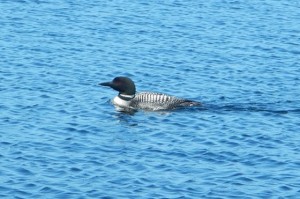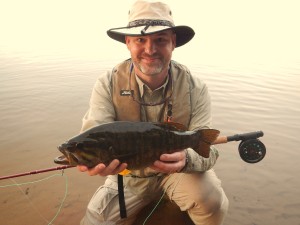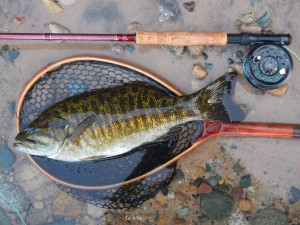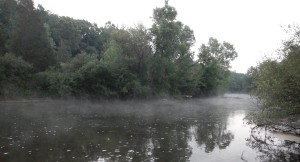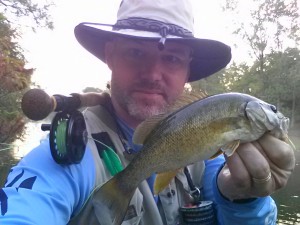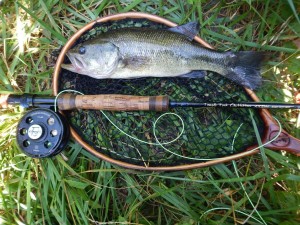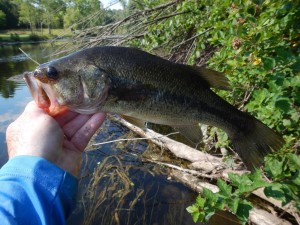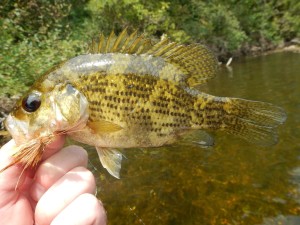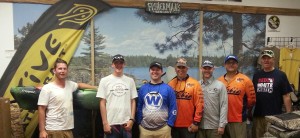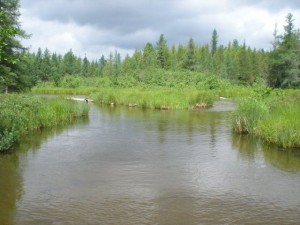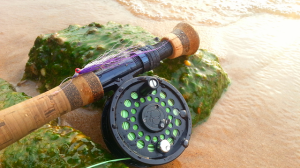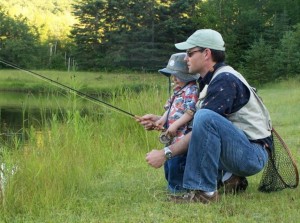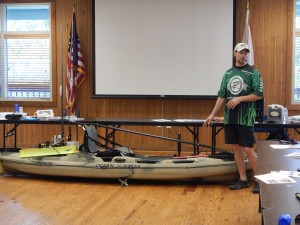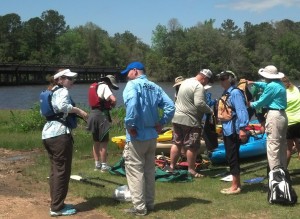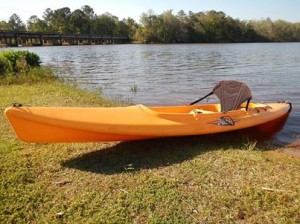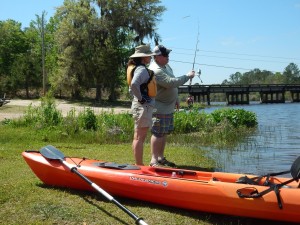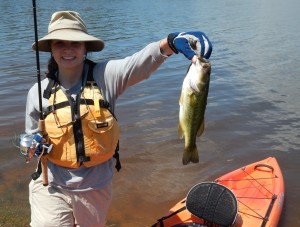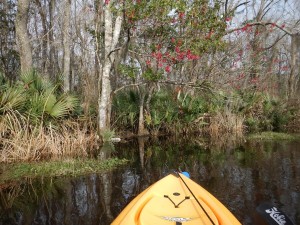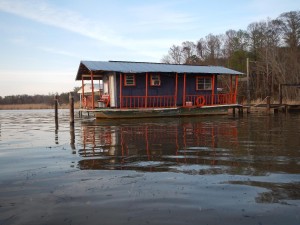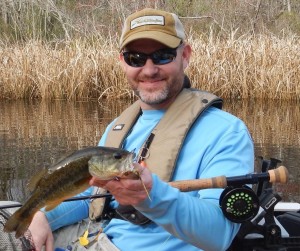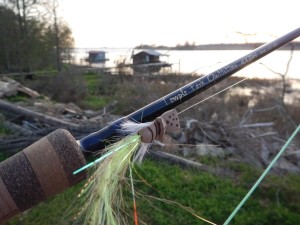The angling experiences I’ve had during the past three years have been some of the most rewarding as a Hobie Fishing Team member. A little over three years ago, the thought of being endorsed by a revolutionary company like Hobie never crossed my mind. Then one conversation about fly fishing and my love of kayak angling led to another, and long story short the partnership was born. It has been an honor to be a Hobie Fishing Team Pro-staff member since.
Like the lively character of high altitude headwaters that change into varied runs, riffles, and pools in valleys below, so does life. As much as I love the Hobie brand for its’ superior design in coastal and open water fishing environs, the new opportunities for writing that would result from not being aligned with a kayak sponsor are steering my decision to enter the next phase of my angling adventure independent of a kayak endorsement.
In 2015, I have some really exciting public speaking events scheduled, an upcoming announcement for a column I’ll be writing for a great publication, in addition to the quality print and online media I’ve contributed to in the past.
From a personal point of view, I will always maintain a Hobie product in my kayak line-up, as I love the hands free fishing and stability for fly fishing that it provides. However, I also desire fishing inland rivers teaming with smallmouth and coldwater trout. As an independent angler, I will have the freedom to explore these beautiful watersheds using brands of kayaks with designs intended for flowing current. I can then be more diverse in bringing these new adventures to life in photography and text.
Thank you to the Hobie Fishing family and the Fairhope Boat Company for embracing me over the past three years. I am thankful for the opportunity to have represented such a great line-up of products. Best of all though, I’ve made some great friends who I look forward to continue fishing with in the future.
Copyright 2014 by icastinayak.com. All rights reserved
[contact-form][contact-field label=’Name’ type=’name’ required=’1’/][contact-field label=’Email’ type=’email’ required=’1’/][contact-field label=’Website’ type=’url’/][contact-field label=’Comment’ type=’textarea’ required=’1’/][/contact-form]
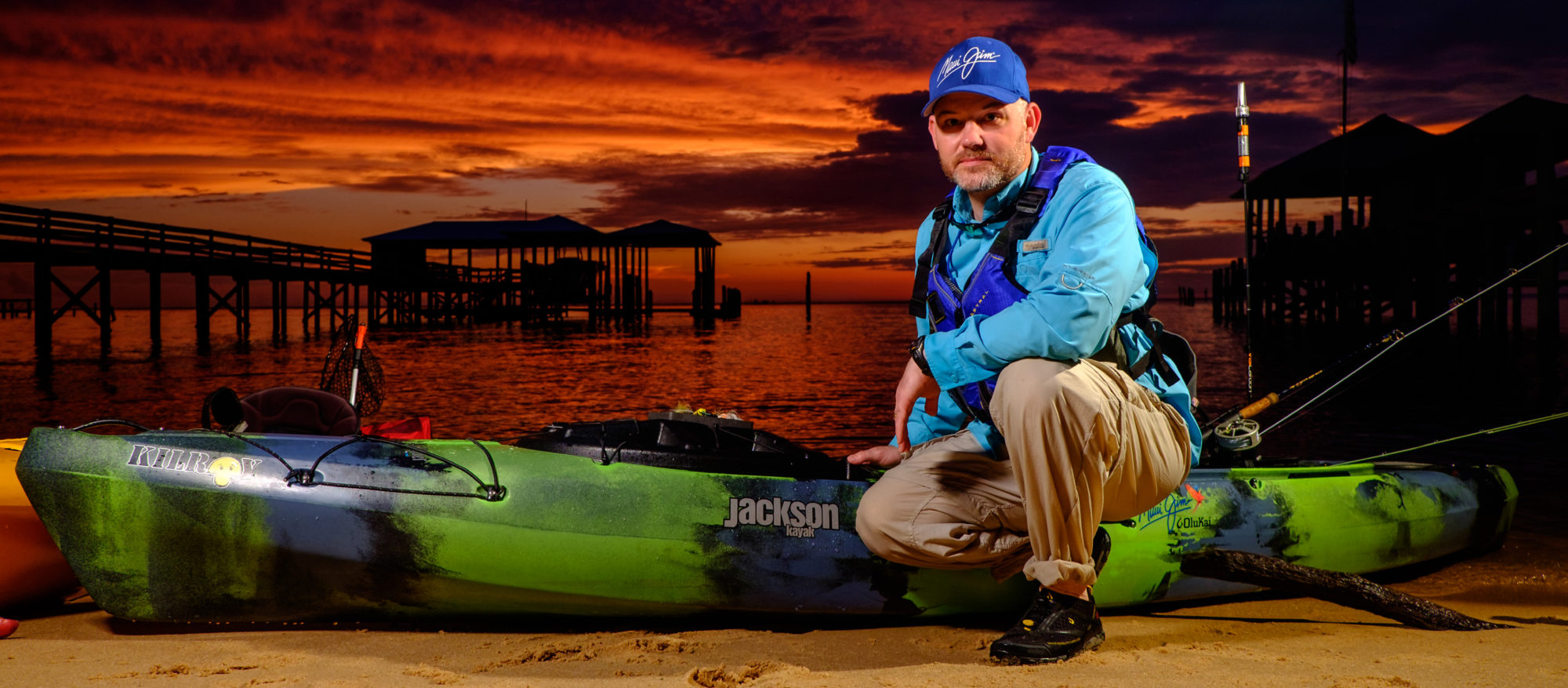
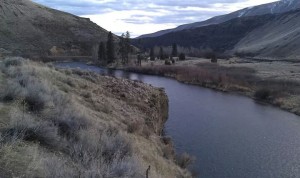
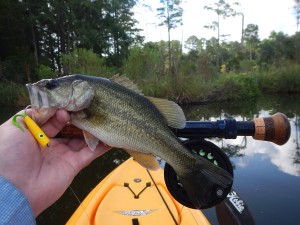
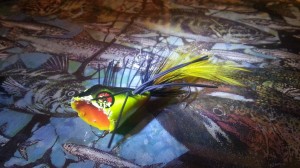
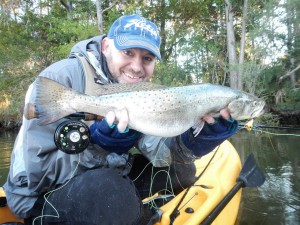
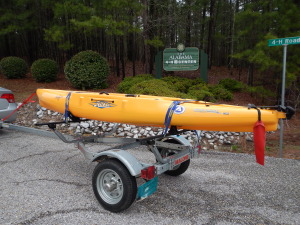
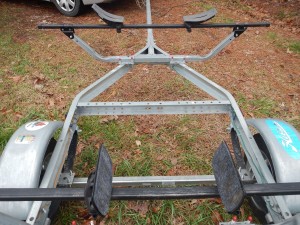
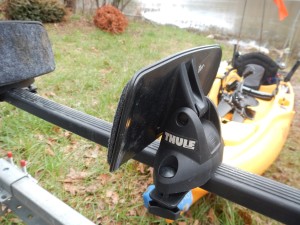
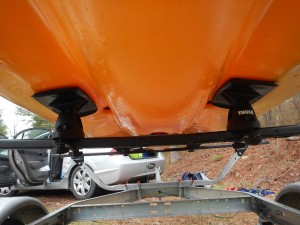
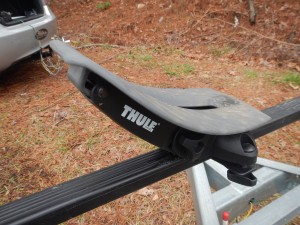
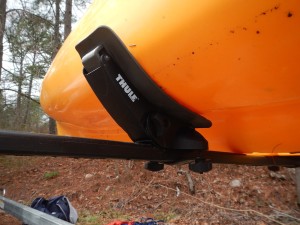
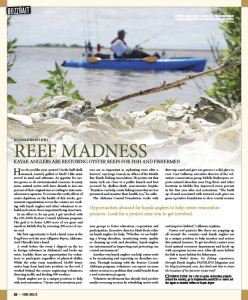 Kayak Angler Magazine offers some great deals on subscriptions too, so check it out! In this issue there are skills tips from some of the most knowledgeable anglers on the water, and even a story about kayak fishing in Scandinavia!
Kayak Angler Magazine offers some great deals on subscriptions too, so check it out! In this issue there are skills tips from some of the most knowledgeable anglers on the water, and even a story about kayak fishing in Scandinavia!